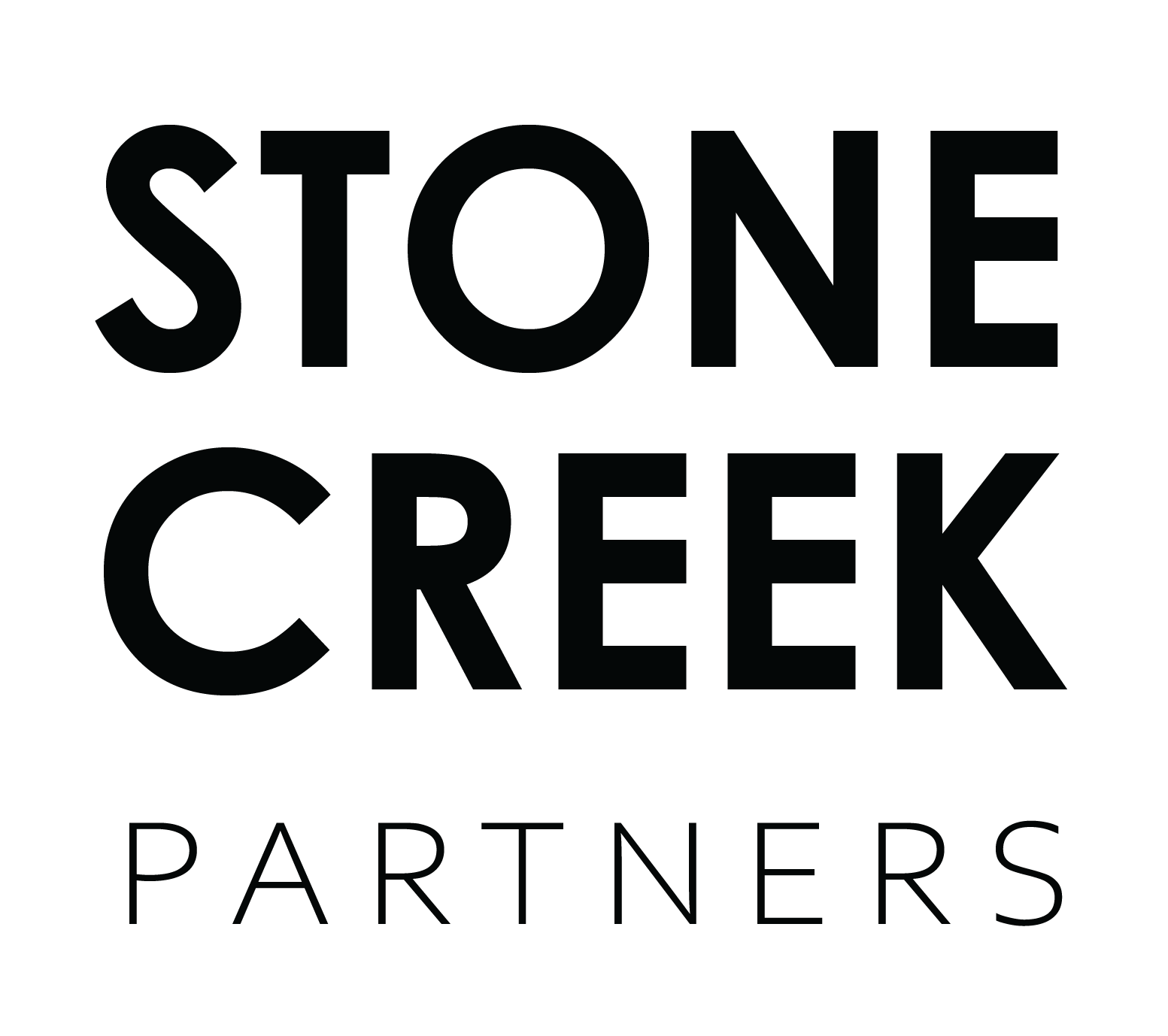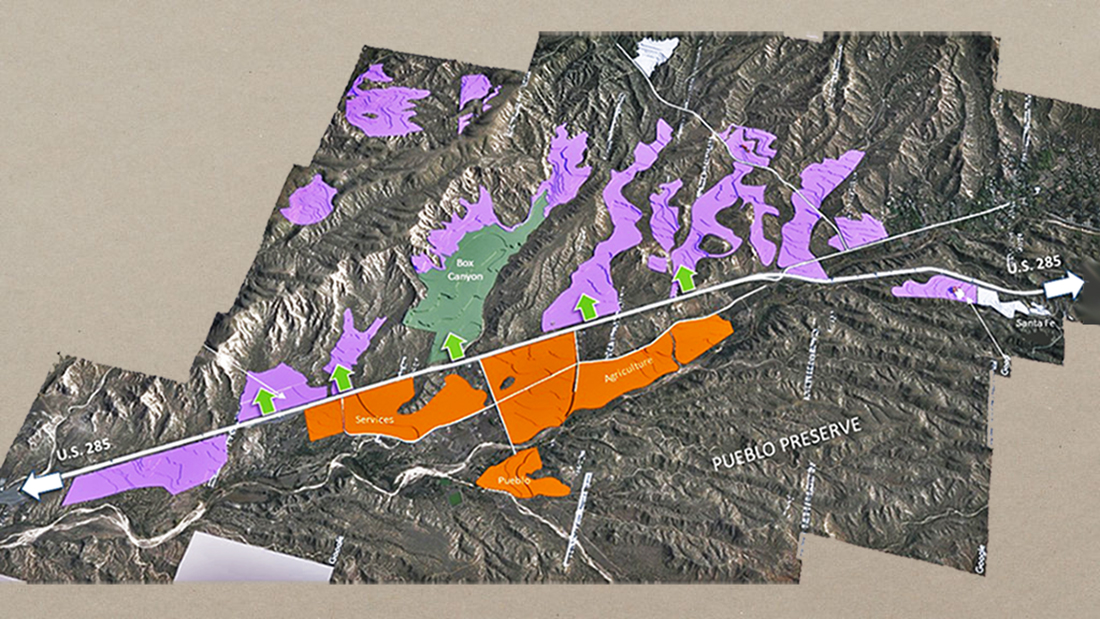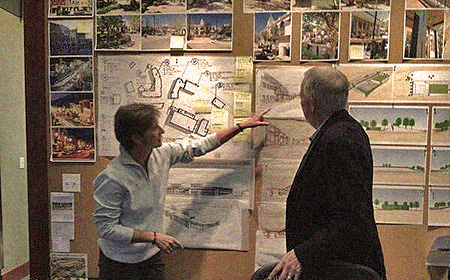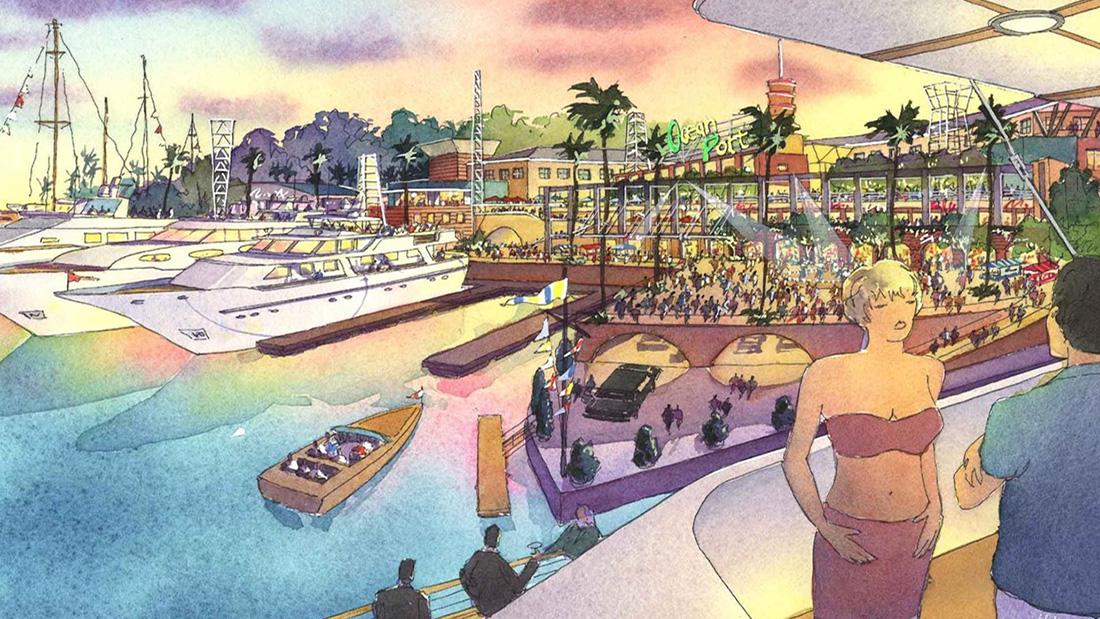Life Sciences Real Estate Consultants
Our work as life sciences real estate consultants includes new facility project feasibility, owner representation for design-development management, and for due diligence in connection with facility acquisitions.
Life sciences real estate has been a favored investment asset class for some time now, and the Covid-19 pandemic of 2020 has only propelled investor interest in these assets. Real estate matters related to the life sciences industries, involve companies, research universities, and government agencies working in fields such as pharmaceuticals, biotechnology, genetics and genomics, medical devices, and the like. Many life sciences organizations are involved in original research and clinical trials, often in BtoB joint ventures and public-private arrangements.
Life sciences projects can be higher risk than other form of tenant-occupied real estate, given the cost premium for such facilities.
Facilities intended for occupancy by life sciences companies are a unique form of real estate. As a result, investors know that purpose-built life sciences facilities can be significantly more expensive than more ordinary general-purpose office and industrial space. Base building work, proper ventilation, security, ceiling heights, waste disposal, all such factors can make a life science campus with significant laboratory space as much as 50% more expensive than normal office space.
Our consulting services include:
- Project Feasibility Consultants – Our project feasibility work for life sciences facilities takes into account that market supply and demand issues common to any real estate feasibility study, but also the additional factors that drive the industry. The quality and number of research universities in an area, the type of research occurring at these educational institutions, the track record for government funding of such research, and the presence of existing public-private collaborations are all important to life sciences real estate success. Life sciences “clusters” featuring research universities and corporate R&D programs exist throughout the U.S. Some are longstanding and with significant critical mass while emerging clusters are in early growth in many regions.
- Owner Representation for Design-Development – As owner’s reps, we work with owner to identify and retain the best team for a particular development project, including design professionals, structural and mechanical engineers, and a general contractor with specialty subs. We collaborate with potential tenants or owner-occupier end users for the life sciences campus, ensuring their facility requirements are delivered.
Additional information about our office and industrial project consulting practice, and our wok as life sciences real estate consultants in particular, is available at this link:
Office and Industrial Project Consulting at StoneCreek Partners





 StoneCreek Partners is a business planning and development firm, with expertise that includes commercial real estate, hospitality, location-based entertainment, and direct-to-consumer technologies. StoneCreek Partners has provided economic development planning and program implementation support to Native American tribes and their sovereign development companies, as well as to similar city, county, and state organizations.
StoneCreek Partners is a business planning and development firm, with expertise that includes commercial real estate, hospitality, location-based entertainment, and direct-to-consumer technologies. StoneCreek Partners has provided economic development planning and program implementation support to Native American tribes and their sovereign development companies, as well as to similar city, county, and state organizations.
